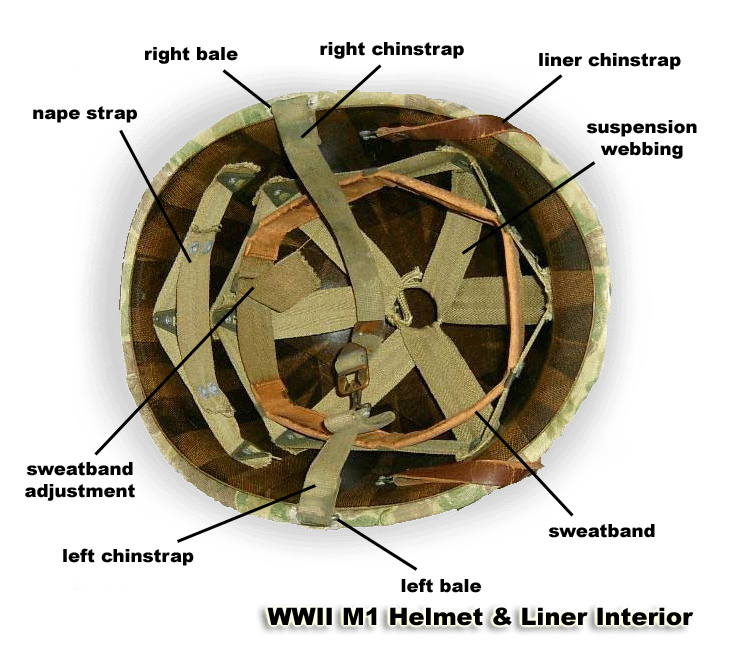Oh, yes.  I also loved to shoot at an old, rusty metal barrel with a simple, 40-pounder composite-replica bow. When I (rarely!) hit it in right angle, it penetrated the material, else it bounced off while it threw sparkles everywhere like a christmas sparkler.
I also loved to shoot at an old, rusty metal barrel with a simple, 40-pounder composite-replica bow. When I (rarely!) hit it in right angle, it penetrated the material, else it bounced off while it threw sparkles everywhere like a christmas sparkler. 
The problem is still (especially because in my opinion the “reality” would lie probably in the middle, in between the “it goes through” and “it does not”) that probably a very, very little difference in the “measuring parameters” would result in a pretty different outcome. This is why I am cautious of drawing conclusions about - although very interesting - examples. I have seen my old, old and deformed children’s bow (holy sh*t, now that I think about it, it is 14 years old… some more years, and my bow will be able to legally vote. They grow up so fast! :’) ) do frightening things with a bouncing arrow, and I also saw my heavy bow fail miserably against some paper pellet and cardboard. (Now that I think about it, maybe I have read somewhere about chinese paper armour.)
To illustrate this, behold my breathtaking skills in Paint. Yes, I used Comic Sans on purpose.

In the end, true testing would be required, with a historically accurate bow against historically accurate armor setups (so with ballistic gel or something behind it!), other armor pieces and padding if it were the thing, and shooting, and shooting, and shooting again until we have statistically acceptable measurement.
And that would be one bow with one kind of arrow against one armor setup - let’s say from multiple distances, and that would represent the given era rather good - or not.
…and that would still be direct shots against openly present armor, so we couldn’t go into details about battles: So we don’t count that many people wore different armor pieces protecting different percentages of the body with different efficiency, might had shields, faced against volleys and so on.
But…! That would be a start. 
Sadly, there are multiple, multiple tests on the internet, but almost none achieves acceptable historical accuracy on both sides, reproducible circumstances, good resources and in the end a documentation one can safely work with. But that’s pretty understandable, since that would require serious time and money, and,like I said, the results would be partial compared to the whole question.
I’ll also take a chance to say that it is kind of easy to prove either point by just minor adjustation of the parameters. It’s the typical case of the “If I want it, she’s pregnant, if I want otherwise, at the same time she is not”.
In my opinion, either scenario is plausible, but looking at the big picture, men of the era were probably had - if not financially, but - access to armours that offered a reasonable protection against most of the threats on the battlefield. Not every, sure. But when the guy is close enough to shoot him in the breastplate, he is probably also close enough to shoot him in the face. 
All in all, it was probably somewhat like a car of today. They have seatbelts and air bags, crumple zones, so you have a faaar greater chance to survive an accident than 50 years before (so without armor) - but you are still perfectly able to kill yourself with it regardless.






 I also loved to shoot at an old, rusty metal barrel with a simple, 40-pounder composite-replica bow. When I (rarely!) hit it in right angle, it penetrated the material, else it bounced off while it threw sparkles everywhere like a christmas sparkler.
I also loved to shoot at an old, rusty metal barrel with a simple, 40-pounder composite-replica bow. When I (rarely!) hit it in right angle, it penetrated the material, else it bounced off while it threw sparkles everywhere like a christmas sparkler. 








